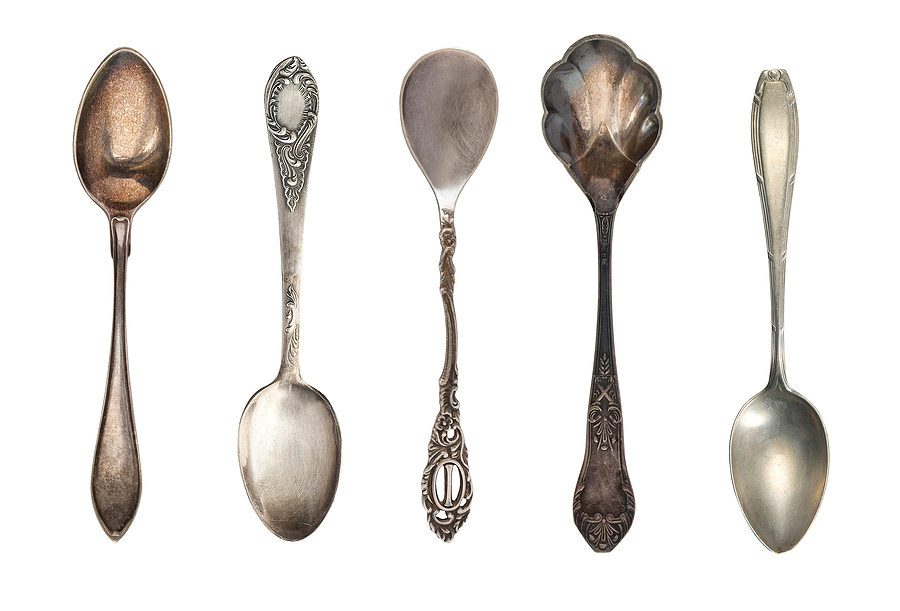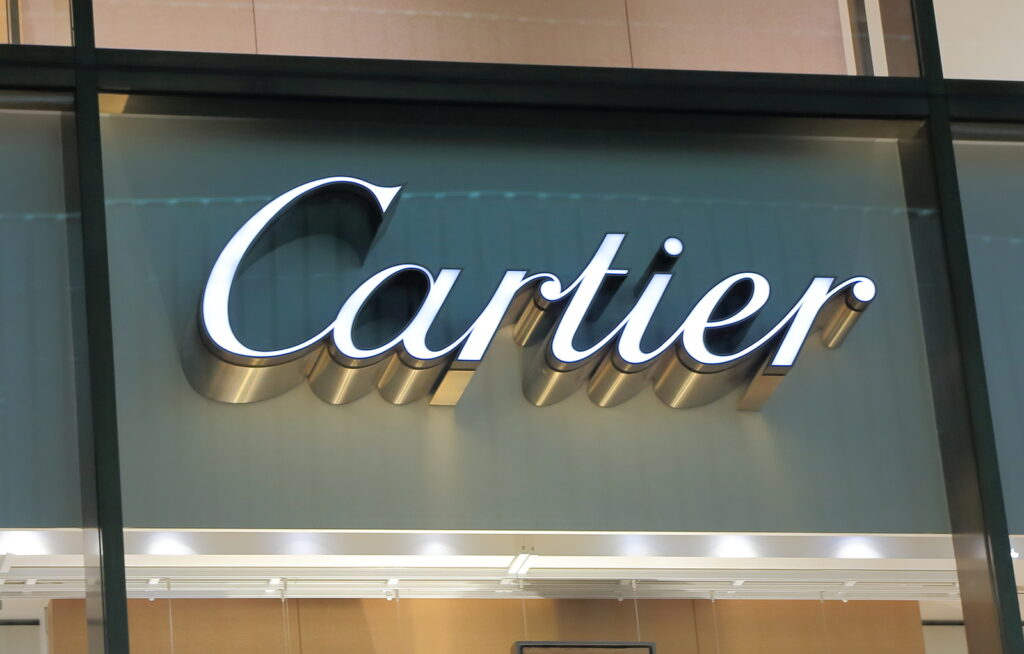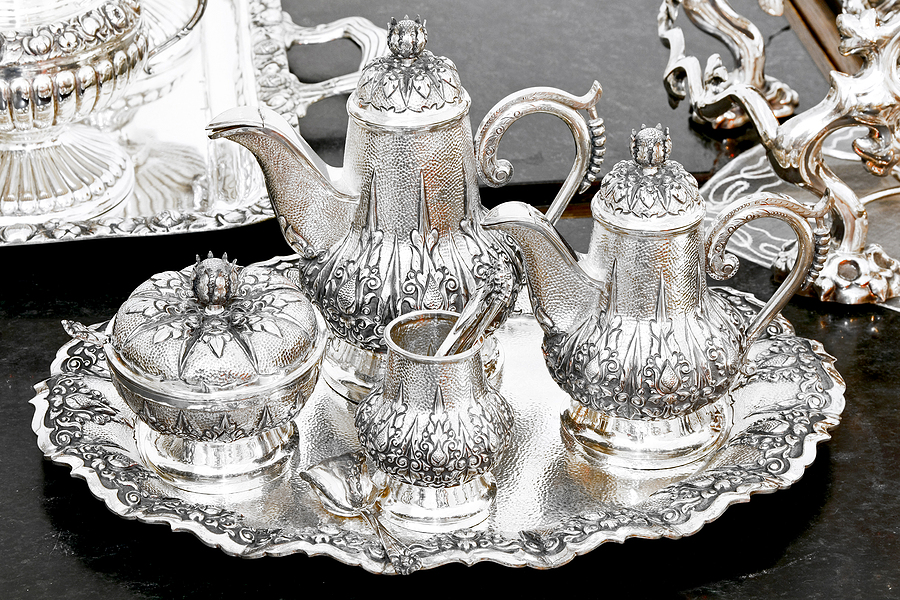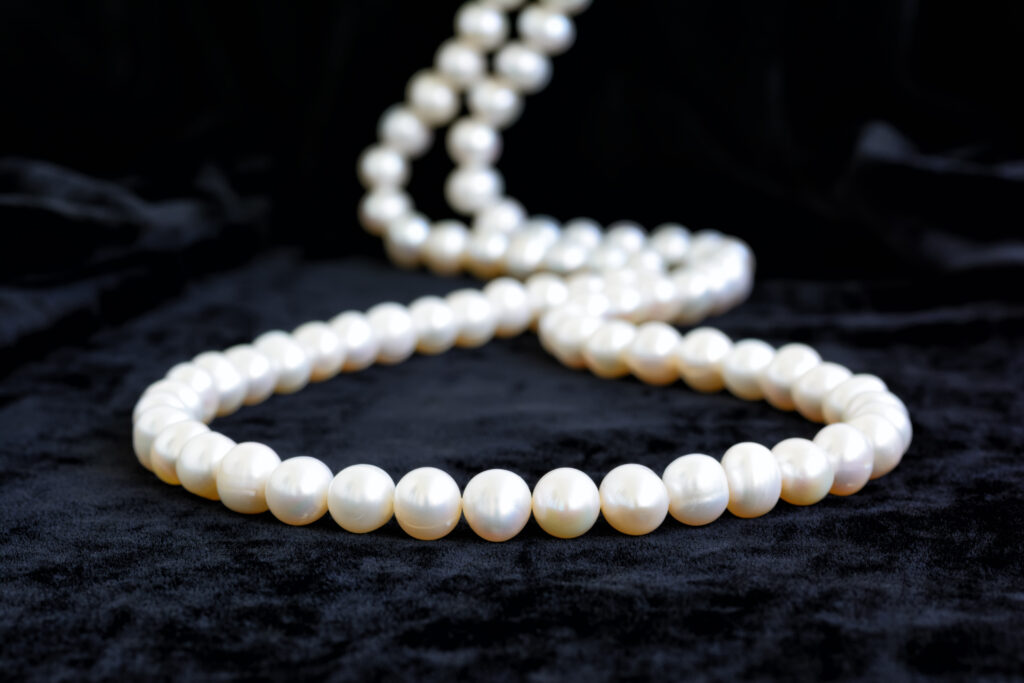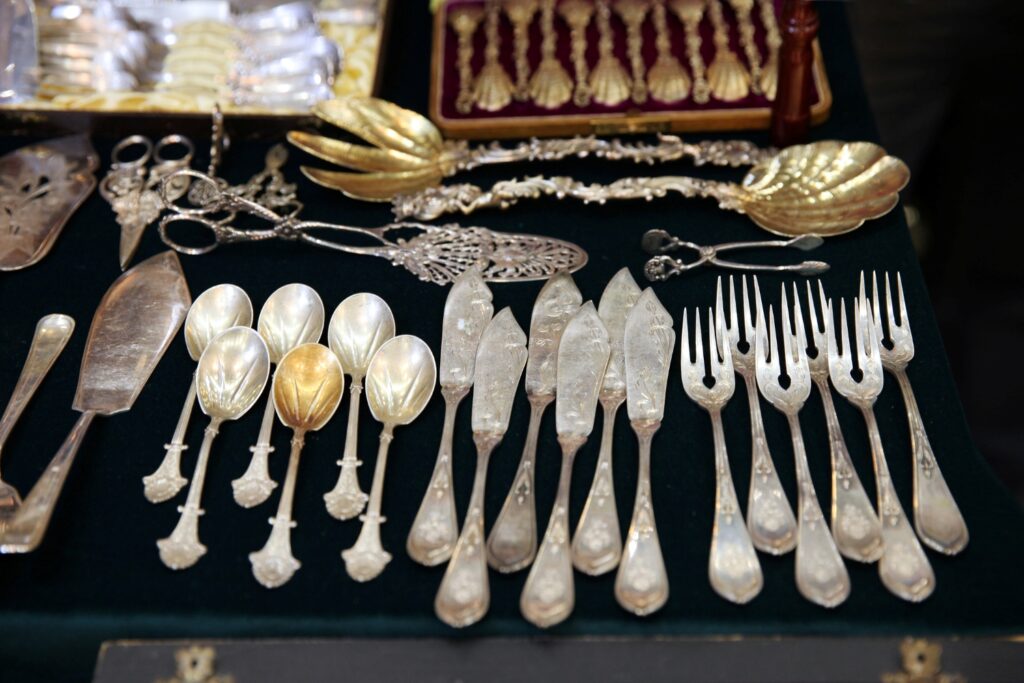You may have a drawer of old silver spoons you’ve inherited or collected, without realising they could be worth far more than you think. From hallmarks to historic makers, there are clear signs that a set or single piece has real value.
In this guide, we’ll show you what to look for, explain what affects price, and how we can offer a secure way to sell your silver, without fees or commissions.
Why Silver Spoons Appeal to Buyers
Antique silver spoons appeal to a wide range of buyers for both practical and sentimental reasons. Collectors look for complete sets, rare patterns, and hallmarks from notable makers. Others value them as heirlooms or gifts, especially for weddings or special occasions.
Silver’s long-standing reputation for quality and its natural antimicrobial properties also make it desirable for use. Whether kept for display, passed down, or enjoyed daily, these spoons carry a sense of history that continues to attract demand.
How to Identify Valuable Antique Silver Spoons
Start by Looking for Hallmarks
British sterling silver will often carry a ‘925’ stamp or lion passant, indicating 92.5% silver purity (the other 7.5% is made up of other metals, such as copper, due to silver’s natural softness). This is usually accompanied by a date letter, which changes annually and helps determine the year of manufacture.
Next is the assay office mark, showing where the piece was tested and stamped. Common examples include a leopard’s head for London, an anchor for Birmingham, or a crown for Sheffield. The maker’s mark, usually initials, identifies the silversmith responsible. Georgian and Victorian spoons, particularly those by makers like Hester Bateman or Elkington, are often in demand.
Hallmarks can wear down with use or polishing, so the clarity of the marks can affect value. Be cautious of reproductions, which may lack full marks or show inconsistencies in spacing and depth.
A professional valuation can confirm authenticity and give you a clear sense of a piece’s age and origin.
Design Matters Too
Collectors look for intricate patterns, crest engravings, or unusual shapes like apostle or seal-top spoons. Complete sets, matching monograms, and good overall condition will always carry more value than mixed or damaged items.
If you’re unsure what you have, a proper valuation can quickly identify whether your silver is worth holding or selling.
Common Types of Antique Silver Spoons
Collectors often seek out specific types of silver spoons, each with its own historical appeal.
- Teaspoons, tablespoons, and dessert spoons are the most widely collected, especially in matching sets or with engraved crests.
- Apostle spoons – featuring figures of the apostles as finials – date back to the 16th century and are prized for their religious and decorative detail.
- Seal-top spoons, with a flat, disc-like terminal, are another early form, often linked to the Tudor and Stuart periods.
- Caddy spoons and salt spoons are smaller forms valued for their ornate shapes.
Rarer or well-preserved examples from known makers can attract serious interest from buyers.
Most Sought-After Silver Spoon Makers
Even if your spoons aren’t signed, they may still hold value, but certain silversmiths are especially prized by collectors.
- Hester Bateman is known for her refined Georgian designs.
- Elkington & Co. pioneered silver plating and produced Victorian flatware.
- George Adams, part of the Chawner & Co. lineage, created some of the most collected 19th-century patterns.
- Paul Storr, famed for his Regency silver, is highly sought after for his craftsmanship and royal commissions.
How Much Are Antique Silver Spoons Worth?
The value of antique silver spoons depends on several factors. Weight and silver purity affect the base value, but age, maker, and design can significantly raise interest among collectors. Spoons from recognised silversmiths or with unique patterns, inscriptions, or full sets typically command higher selling prices.
We always assess both the material value and the collectability of each piece, ensuring you receive a fair and accurate offer based on more than just weight alone.
4 Steps to Take Before Selling Your Silver Spoons
- Avoid over-polishing – many buyers prefer a natural patina, which shows age and authenticity.
- If you have a matching set, try to keep it together, as this often increases appeal to collectors.
- Take clear photographs of any hallmarks, maker’s marks, or distinctive details.
- If you have any original receipts, boxes, or family documentation, keep these to hand – they can support provenance and strengthen your valuation.
Sell Your Antique Silver Spoons
If you’re ready to find out what your silver spoons could be worth, we’re here to help. You can start by contacting us with a few details about your pieces, and if they’re suitable, we’ll arrange a home visit at your convenience. Our expert will carry out a free, no-obligation valuation and make an immediate offer on the spot.
There are no hidden fees, commissions, or pressure to sell. If you accept, we will make an instant payment via bank transfer.
Start Selling Your Antique Silver Spoons
Silver spoons come in various types and are both functional and decorative, making them highly desirable. Silver items also vary in weight and standards, such as Britannia or sterling, making valuation complex. Our private service ensures a fair and accurate assessment.
To sell your antique silver spoons, contact us for a quick valuation and immediate payment upon acceptance.
